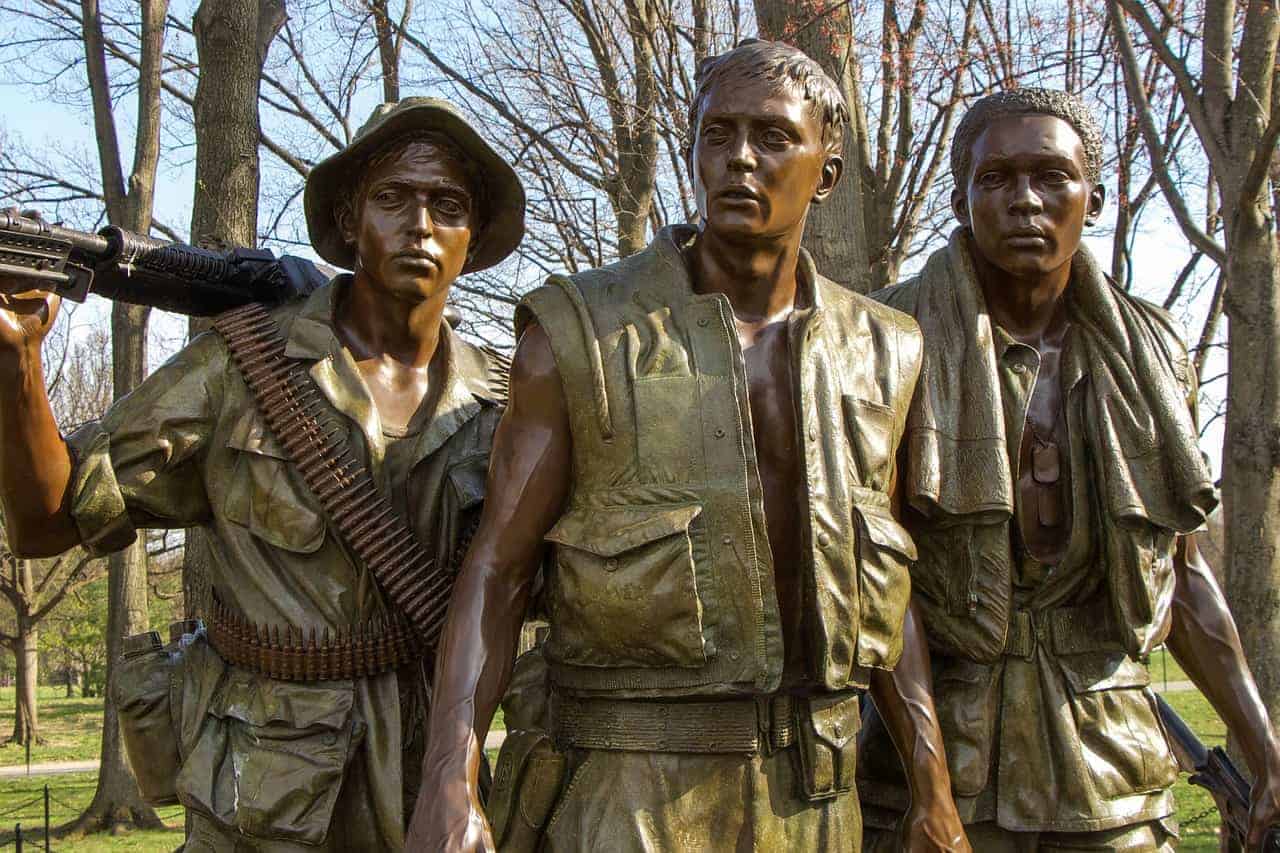FULL METAL JACKET AND THE HERO’S JOURNEY
It was the 30th anniversary of Full Metal Jacket this week. At the urging of of my co-author, I finally watched it.
It took 3 evenings with Netflix (Netflix and chill at my house only happens after the kids are down and the dog has been walked) but it was worth it. That movie really withstands the test of time.
Full Metal Jacket was actually based off the book Short Timers by Gustav Hasford. Just like the character Matthew Modine who plays “Joker” in FMJ, Halbert served as combat correspondent during the Vietnam war and wrote for Pacific Stars & Stripes (among others like Leatherneck Magazine).
Our protagonist starts out in Marine Corp Recruit Depot Parris Island, South Carolina and we can consider his story the “hero’s journey” with his head shaving beginning the Call to Adventure. The ordinary world is lost to him from that moment on. Even his name changes, as the Gunnery Sgt nicknames him Joker. Joker completes basic training but ends up in the military journalism, which the movie suggests is a refusal of the call when the Gunnery Sgt exhibits disbelief at the assignment.
Leaving the US and going to Vietnam is clearly crossing the threshhold. Early, we see his enemies and allies as he struggles with the dictates of what must be included in war stories. His editor tells him clearly to make up kills to boost morale. His devoted photographer “Rafterman” wants to be “in the shit” and see some combat despite Joker’s admonitions to stay safe.
But though this hero did not heed the call, the battle came to him when the Tet Offensive launched on the new year holiday and attacked Joker’s base. They withstand the attack but Joker and Rafterman are sent to Phu Bai. Now deep in the Battle of Huế to take back ground lost during the Tet offensive, Joker must face his inner fears and conflicts about being in war.
While embedded in Cowboy’s team, the situation goes from bad to worse and this is clearly the hero’s Ordeal that forges him. The team flush out the sniper, a young girl. Joker’s rifle jams when he tries to defend himself but Rafterman ends up lighting into the sniper and downing her. As she twitches on the ground asking that they shoot her, Joker’s decision changes him forever.
His ending monolog reveals that he’s happy to be alive, and that despite being deep in the battle, he no longer fears it. This is the reward and the road back in his hero’s journey. Kubrick ended it there because he was masterful that way.
 U.S. FLAG DAY
U.S. FLAG DAY
The timing on my movie watching was pretty good given that it was also Flag Day on June 14th.
Having been to see Hamilton twice this year, my interest in American history has really surged. The American flag was adopted in 1777 by the Second Continental Congress. It looked a little different then, but the sentiment remains.
Apparently Betsy Ross, believed to have handsewn the American flag and presented it to George Washington, only became famous a century later after her grandson presented a research paper to the Research Society of Philadelphia. Nothing like a posthumous biography to make one famous.






An interesting look at an age old classic war film. Thank you for posting.
It’s a film that really withstands the test of time.
I agree, and now I want to go watch it again!